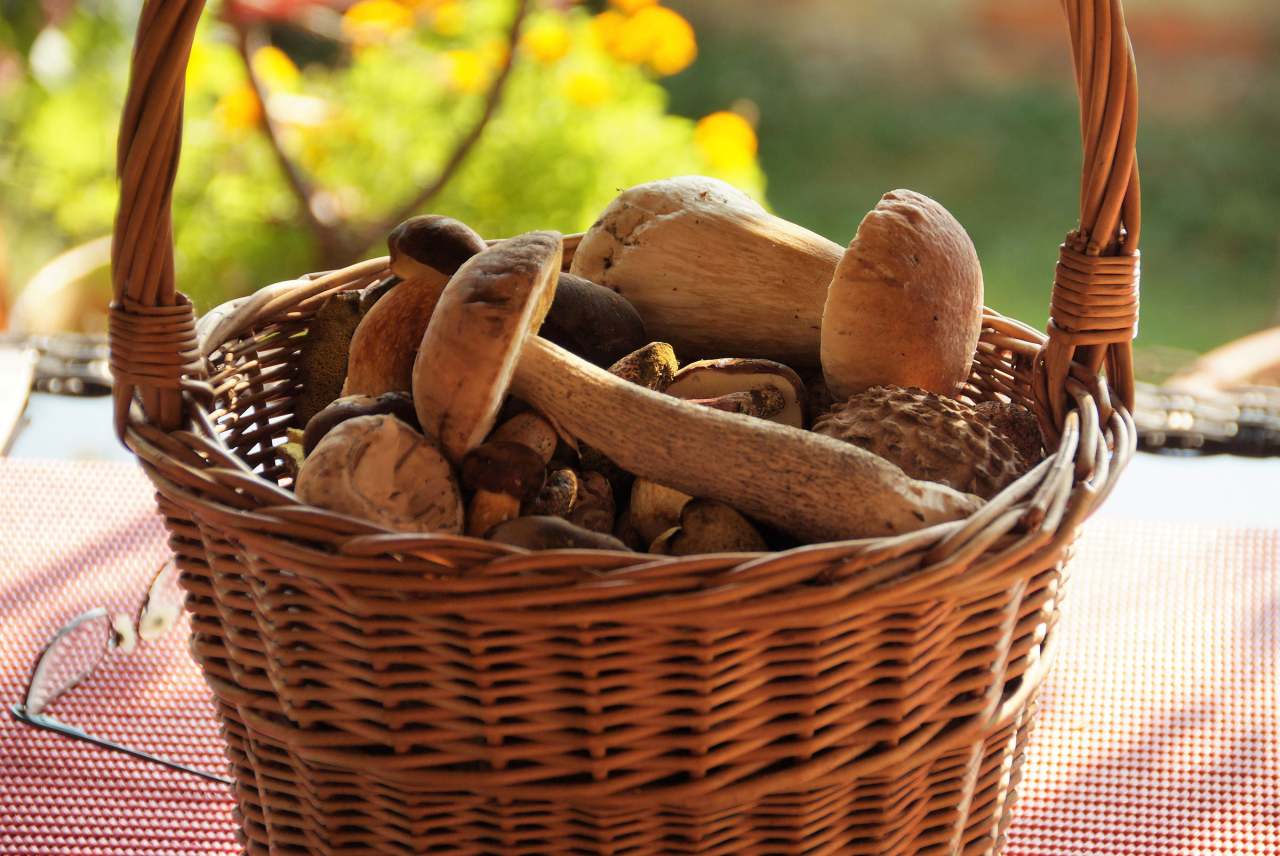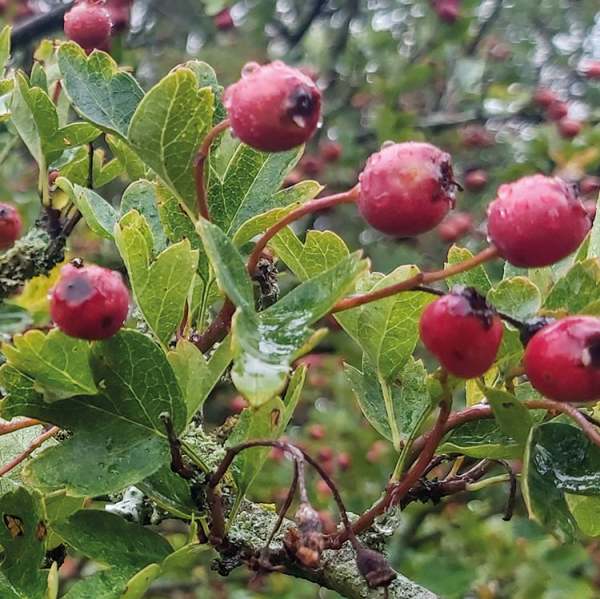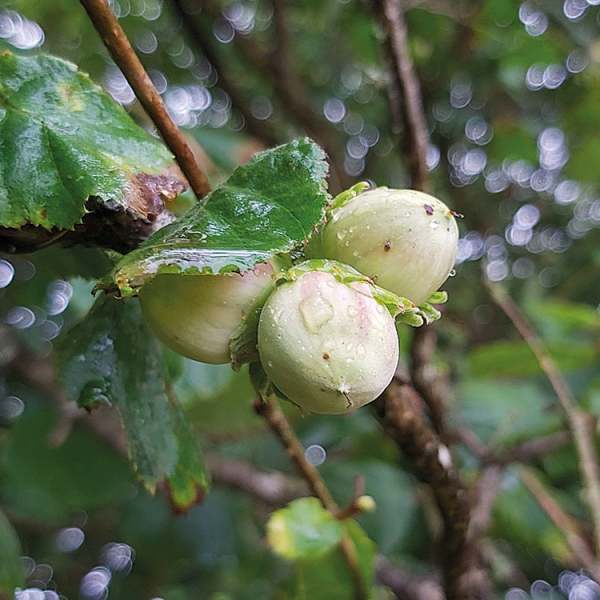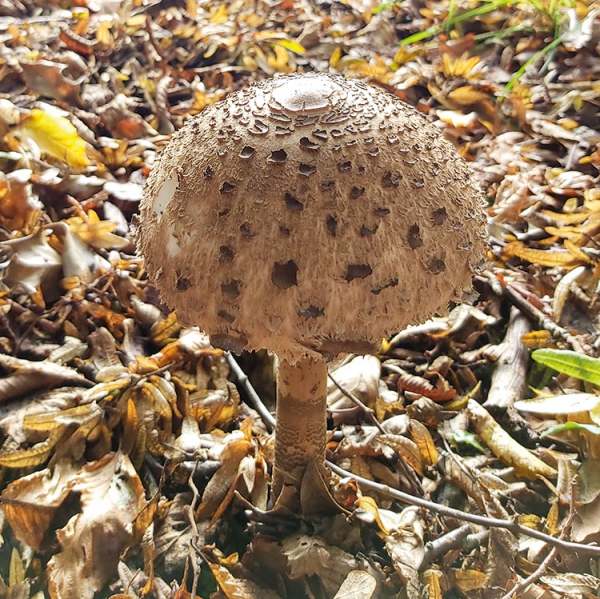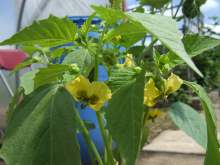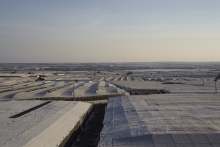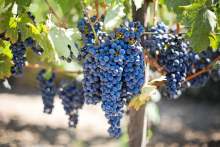Ask most seasoned foragers and they will talk of a profound sense of peace and purposefulness when dropping into a foraging mindset.
These rewards alone justify the effort to forage. But then there are the more tangible rewards of your labour, the edible flowers, leaves, fruit, nuts, roots, and fungi that act as the motivator, particularly at the start of most people’s foraging journey.
An abundance can be noted especially at the end of summer and in early autumn when hedgerows bursting with elderberries, hazelnuts, blackberries, hawthorn berries, sloes, damsons, and rosehips are a common sight. If conditions are ideal, wild mushrooms can be found in huge amounts at this time of year.
Foraging yields some thrilling and memorable finds. Each forager will have their own ‘pinnacle’ find; however, it is the more abundant, widespread species that make up the bulk of most foragers’ harvest.
Foraging very rarely excludes the need to supplement wild finds with shop-bought additions, however it is possible to minimise one’s degree of dependency on shops and lighten the impact of our food needs. Foods harvested from the wild come without most of the ethical considerations that need to be applied to shop-bought produce.
